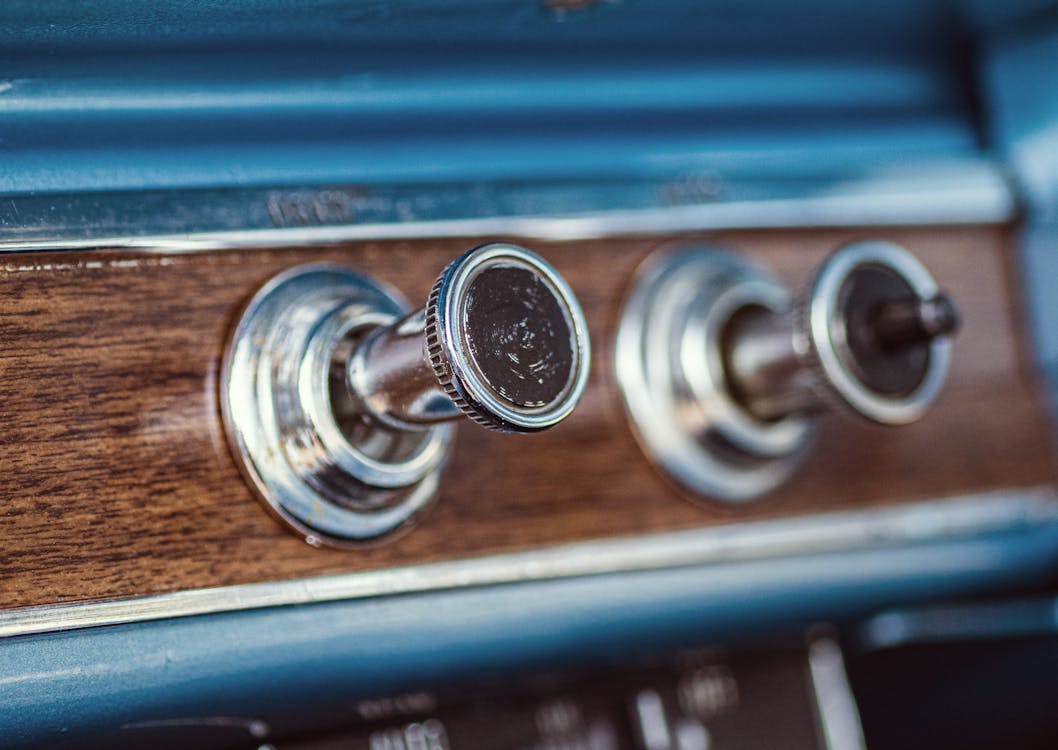
For the past years, vehicle interiors have been quickly evolving toward streamlined, screen-dominated control board. Touchscreens changed traditional handles, sliders, and buttons in what numerous assumed was the inescapable march of progress. Yet, in an unforeseen twist, physical buttons are quietly making their way back right into contemporary lorries. The shift signals greater than just a sentimental nod-- it's an action to real-world responses from motorists desire simplicity, safety, and responsive contentment.
The Digital Overload Dilemma
When touchscreens initially began taking control of control panels, they seemed like the future: tidy, adjustable, and filled with features. They got rid of mess and enabled car manufacturers to streamline their interiors with fewer physical components. But as more functions were hidden within digital menus, chauffeurs began to articulate problems.
Touchscreens often call for numerous actions to do fundamental tasks like adjusting the climate or changing the radio terminal. Unlike buttons, they lack the intuitive muscular tissue memory that permits a chauffeur to transform a setup without taking their eyes off the roadway. With so much occurring on-screen, it becomes all also easy to obtain distracted-- something no one desires when traveling at freeway speeds.
The Return of Tactile Functionality
Among the greatest benefits of buttons is their tactile comments. You can feel them without requiring to look. This sensory support makes them not simply convenient but safer for drivers. When your hand instinctively knows where the volume handle is or how far to push a button to activate the defrost, it reduces the requirement to glance down or far from the roadway. And while touchscreens offer comfort for infotainment and navigation, the critical day-to-day features-- like threat lights, audio controls, and HVAC-- really feel better fit to physical controls.
Actually, several chauffeurs that formerly spoke highly of digital systems have revealed recognition for newer models that blend modern aesthetics with the useful feeling of typical controls. It's not concerning rejecting innovation-- it's about improving usability.
A Balanced Design Philosophy
Developers have noticed this shifting view. As opposed to deserting displays, they're reconsidering how they're incorporated. The most effective interiors now strike a balance between digital flexibility and analog precision. That indicates strategically putting switches for important features while utilizing electronic interfaces for applications, navigating, and media.
This hybrid technique is especially prominent in automobiles created for long-distance driving or family members. The ease of pushing a button without stumbling through a food selection makes a big difference when you're attempting to remain concentrated, comfy, and secure. Even in automobiles understood for cutting-edge technology, a simple rotating dial or responsive control can be the attribute that wins over vehicle drivers trying to find thoughtful style.
Buttons and the Emotional Connection
There's also something distinctly psychological regarding switches. They bring a specific degree of engagement that touchscreens simply do not replicate. Pushing a button or transforming a dial feels like you're physically engaging with your auto-- it includes a layer of connection that makes the driving experience much more pleasurable.
For those considering used Chevy cars, automobiles from recent years commonly offer the most effective of both worlds: responsive touch user interfaces paired with traditional physical controls. These models bridge the gap in between advancement and knowledge, making them optimal for drivers that appreciate modern functions without sacrificing ease of use.
Technology Isn't Just About Screens
It's easy to merge modern technology with displays, but true technology means boosting the chauffeur experience. In this light, buttons are a kind of clever style. They're fast, exact, and don't require focus. As auto design comes to be significantly driver-centric, convenience and intuition take center stage.
This also connections straight right into the resale and trade-in worth of cars. Vehicles that prioritize straightforward attributes tend to mature much better in the eyes get more info of future buyers. If you're taking into consideration a Chevrolet trade in, understanding that your current car supplies an attentively designed interior, full with quickly accessible controls, can have a positive effect.
The Future Is Functional
As automobile makers re-evaluate the duty of user interfaces in the cabin, they're led by chauffeur feedback and real-world usability studies. The rebirth of buttons does not signify a return to the past-- it's an advance in thoughtful, user-first design. It acknowledges that progression does not constantly suggest removing the old however integrating it in a way that makes driving safer, simpler, and much more delightful.
If you're in the market and exploring Chevy new car deals, watch on just how various designs handle their indoor controls. It's not practically the touchscreen dimension-- it's concerning exactly how the vehicle assists you remain focused on the road while making your day-to-day commute a lot more intuitive. Buttons may not be the flashiest feature, however they're swiftly turning into one of the most appreciated.
For more understandings into automotive trends, interior design developments, and smart vehicle shopping suggestions, be sure to check back regularly. We're always upgrading the blog with fresh ideas to aid you browse the roadway in advance.